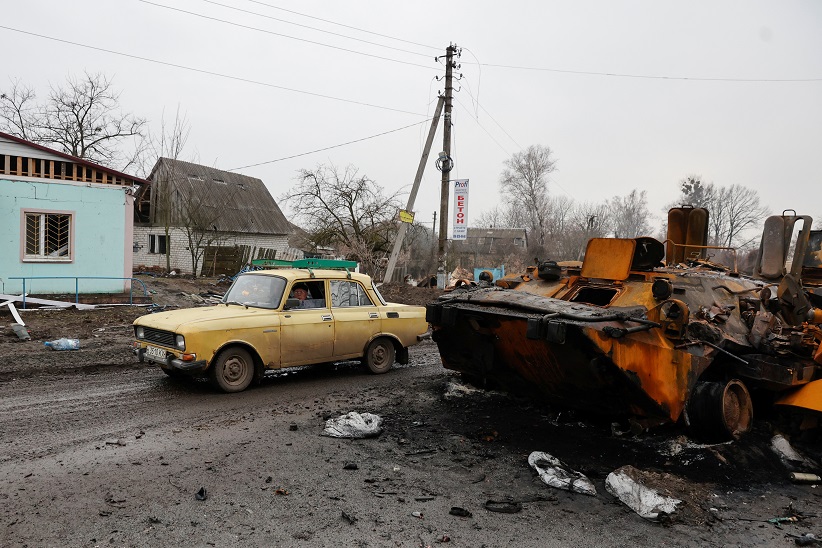The overconfidence within the higher echelons of NATO in the destruction of Russian capabilities may get tested for accuracy in a relatively short time.
Every event has a trigger. In Sri Lanka, apart from the fall in revenue from tourism because of the Covid-19 pandemic, President Gotabaya’s abrupt decision to ban chemical fertilisers affected crop yields, most significantly in Sri Lanka’s other large source of foreign exchange, tea. While not the only cause, the effects of the fertiliser ban dented the popularity of the Rajapaksas among the Sinhala farming community, till then a reliable base of support. Had the Rajapaksas entrusted either the Prime Ministership to a loyalist outside the family, such as G.L. Pieris, he would have served both as a lightning rod as well as a scapegoat for the policy errors made that caused the present unrest. The 2019 takeover once again by the Rajapaksa clan of the Sri Lankan government made them the sole owners of the present crisis, and the mood of the protestors is such that even after Mahinda Rajapaksa quit as Prime Minister, chants of “Go Gota” against his younger brother have not reduced in frequency. What practical good that would do is unclear, as the crisis facing Sri Lankans will not be mitigated in the slightest by the resignation of President Gotabaya Rajapaksa. Indeed, such a resignation could put at considerable physical risk the entire family, unless they all leave the country, thereby forfeiting any future comeback, which must be among the reasons why such a move by the Sri Lankan President is off the table. As for outside actors being involved, that is unlikely to be China, for there are several in the Rajapaksa clan who are exceptionally close to Beijing, which has cultivated sections of the Colombo elite from the 1960s onwards. And although Leader of the Opposition Sajith Premadasa is no friend of India, he cannot compete in the “Close to China” sweepstakes with Basil Rajapaksa, whose linkages with the PRC have long been on display. Alternatively, had there been a US hand in the protests that have turned so deadly for the elected government, there would have been a hero and a villain in the narrative. In common with Bollywood movies, US-inspired efforts at regime change usually involve a “good guy versus bad guy” contest. In the current test of guns and blood playing out in Ukraine, Volodymyr Zelenskyy is clearly the hero where the White House is concerned, and Vladimir Putin is in the familiar role of villain. Earlier, in Venezuela, the role of the idealistic hero was played by Juan Guaido, who (the narrative went) was battling to protect human rights and liberty that were under attack by President Nicolas Maduro. The Venezuelan leader was hardly the only target of US-led efforts at regime change within oil producers, a list that include Iran, Iraq, Libya, Venezuela and now Russia. The list of oil and gas producers affected by geopolitical tensions caused by US efforts at regime change is growing. The consequence of each such spat is a rise in oil prices and a fall in supply. Good news for countries that are surplus in oil and gas, but bad for everyone else.
After the Covid-19 shock has come the Ukraine conflict, and this may cause a severe recession in several economies. This could be the case for many

